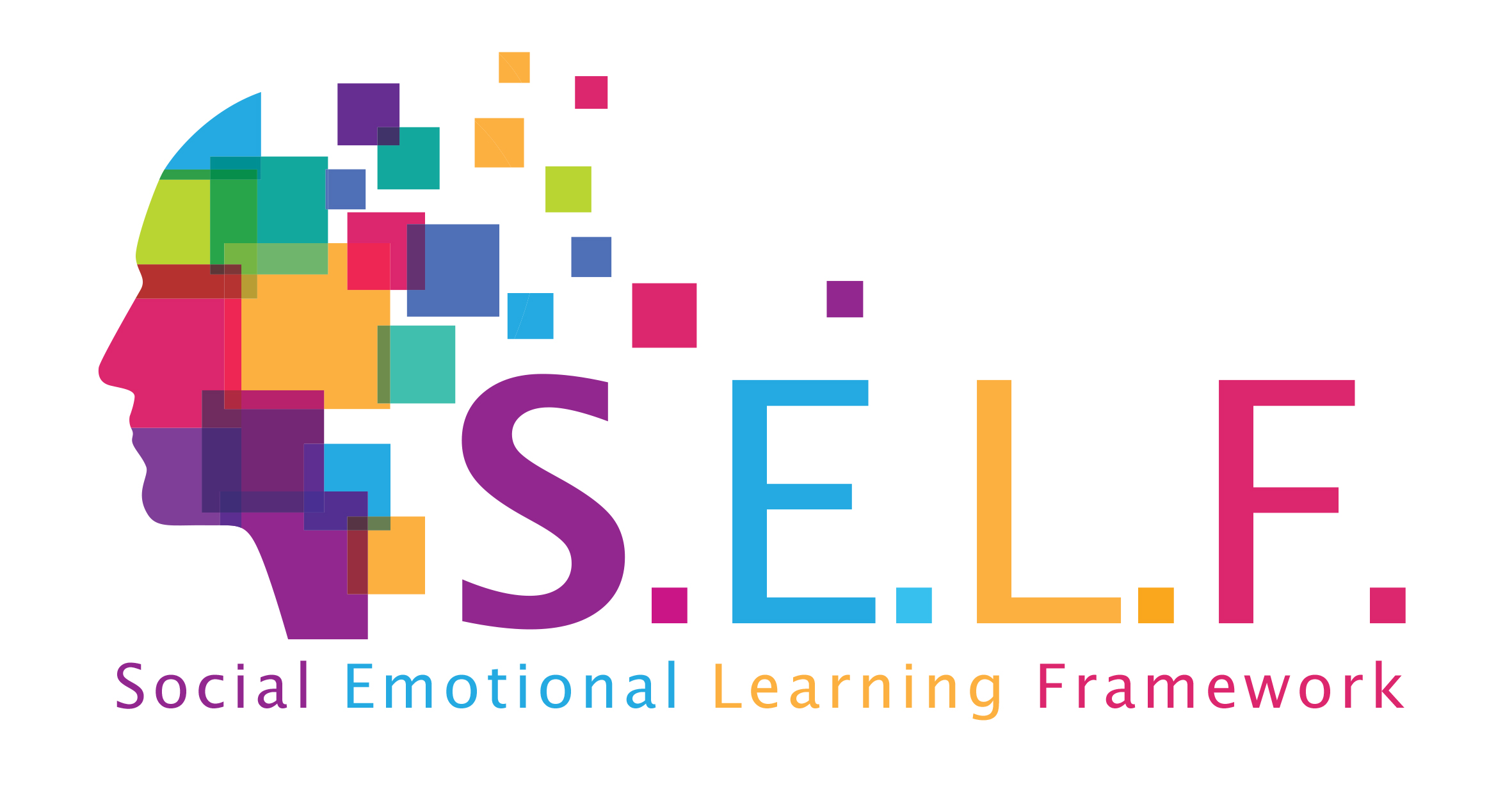Creative Drama Activity: Observation and Assessment Difference and Peaceful Language
Practice:
Preparation (15 minutes)
Children are asked the following questions: “What does observation mean?”, “Is it possible to observe without making impartial comments?”, “How can we share our observation this way?”, “What is the difference between assessment and observation?”. They are then asked to share what they know about observation and what comes to their minds when it comes to it.
Heating Up (10 minutes)
Children are given the following instructions: “Walk freely in the classroom. Now please gather and build a huge camera together. This camera should first look around and then tells us only what it sees.
People sit at tables, looking down the hillside on the edge of a forest, far from the city center. This huge camera captures these images moment by moment. It records people talking with each other, laughing, and sometimes watching the view.
Now let every part of this huge camera dismantle, with each parting checking this view.”
Note to the teacher: At this point, the children who form the camera lens are asked to remain standing, while the other children are asked to stand like statues that portray the people sitting on the shore. Children who are in the camera lens are asked to describe the people they see. You can talk about whether they will describe it with their own comments or directly what they see.
Game (20 mins)
The class is divided into groups A and B through counting. Each group is given sentences that include observation and assessment. They are asked to decide which of these sentences are observations and which are assessments.
Sentences:
Can got mad at me yesterday for no reason. A
Ece dropped her water glass while watching TV last night. O
Lale did not ask my opinion in the game. A
My mother is a very good person. A
Karsu works so hard. A
Anıl is an aggressive person. A
Ali was in the first row in the canteen every day this week. O
My sister does not usually brush her teeth. A
Deniz said that the color red does not suit me. O
My uncle always complains about his job when I talk to him. A
Activity (20 mins)
The teams gather again to discuss how the assessment sentences in the game activity can become observation sentences and they turn the assessment sentences into observation sentences.
Improvisation (15 minutes)
The class is divided into four groups through counting. Each group is shown a picture, like the one below, and asked to re-enact it. They are asked to guess what happened before, during, and after what is described in the picture and re-enact it.
Formation
They are asked to briefly close their eyes and reflect on the things they have learnt about observation since the beginning of the activity. Then, each child is asked to prepare a poster that can be used to distinguish between observation and assessment and a compass to facilitate observation. They share this poster with classmates.
Assessment
- Did you distinguish between observation and judgment?
- Have you grasped the importance of observing in communication?
- Did you use what you learned in the practices?
When to Use
Age Level
Duration
80 mins
